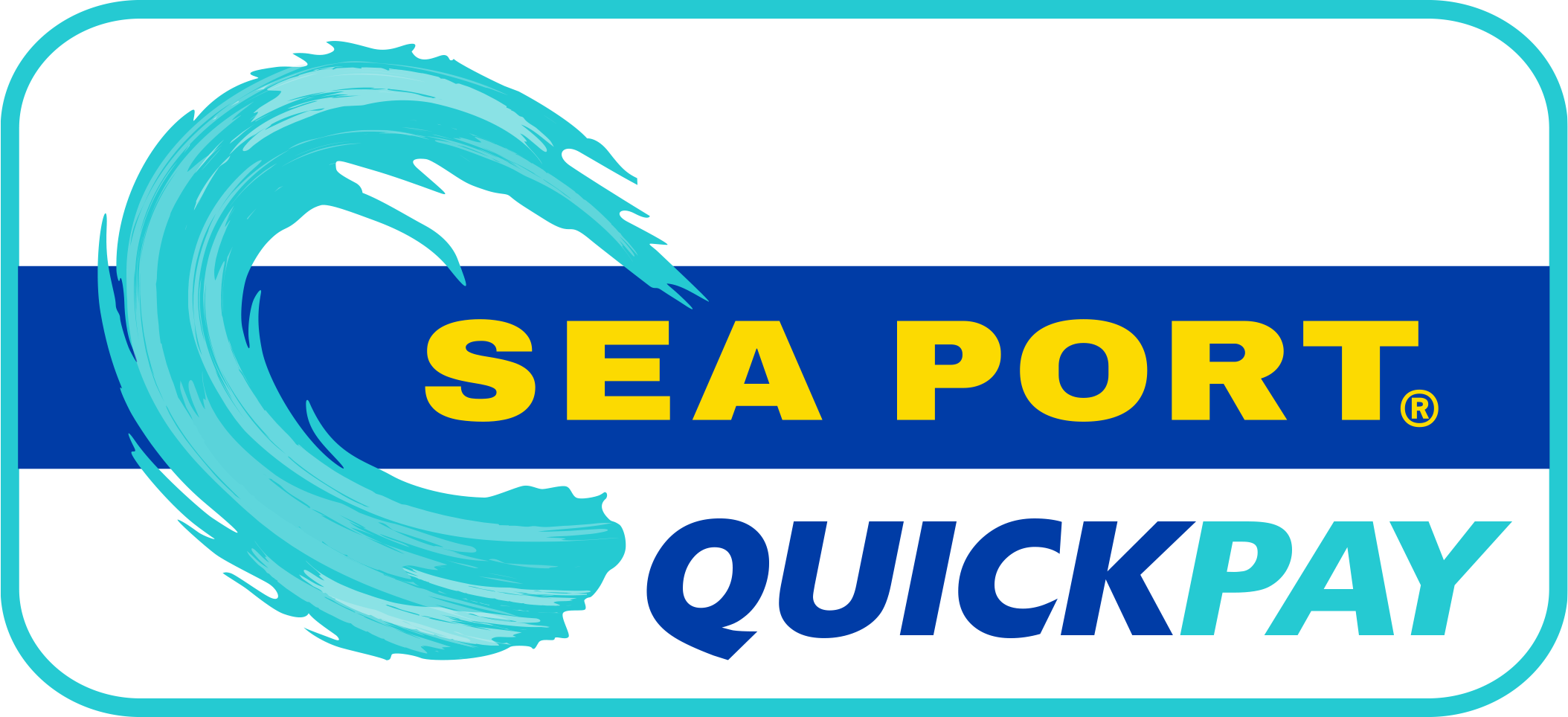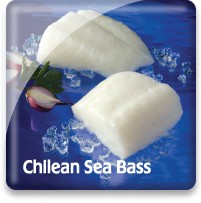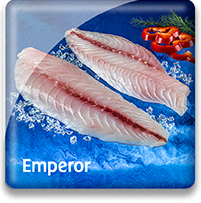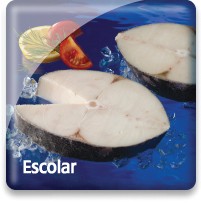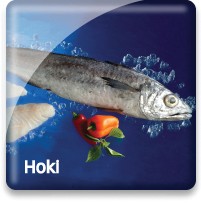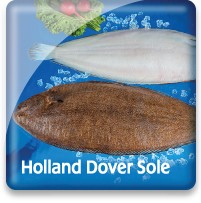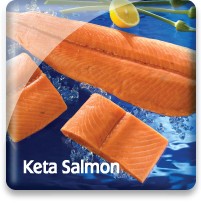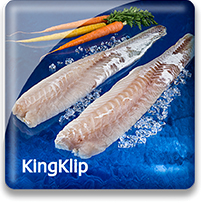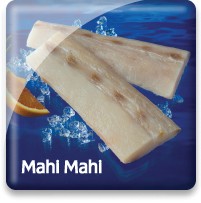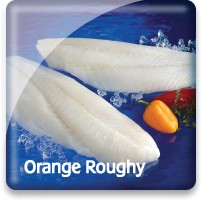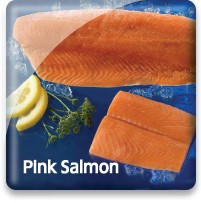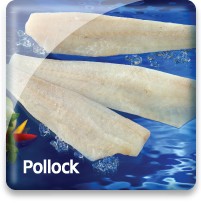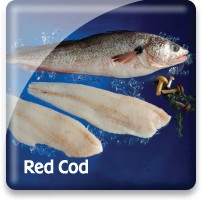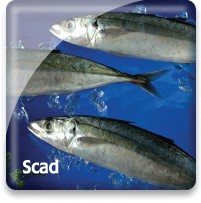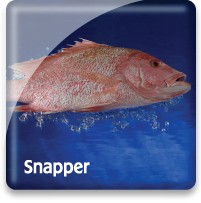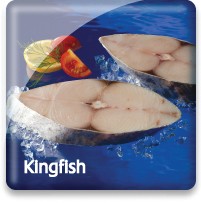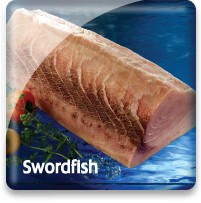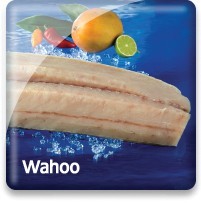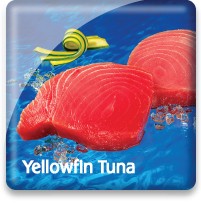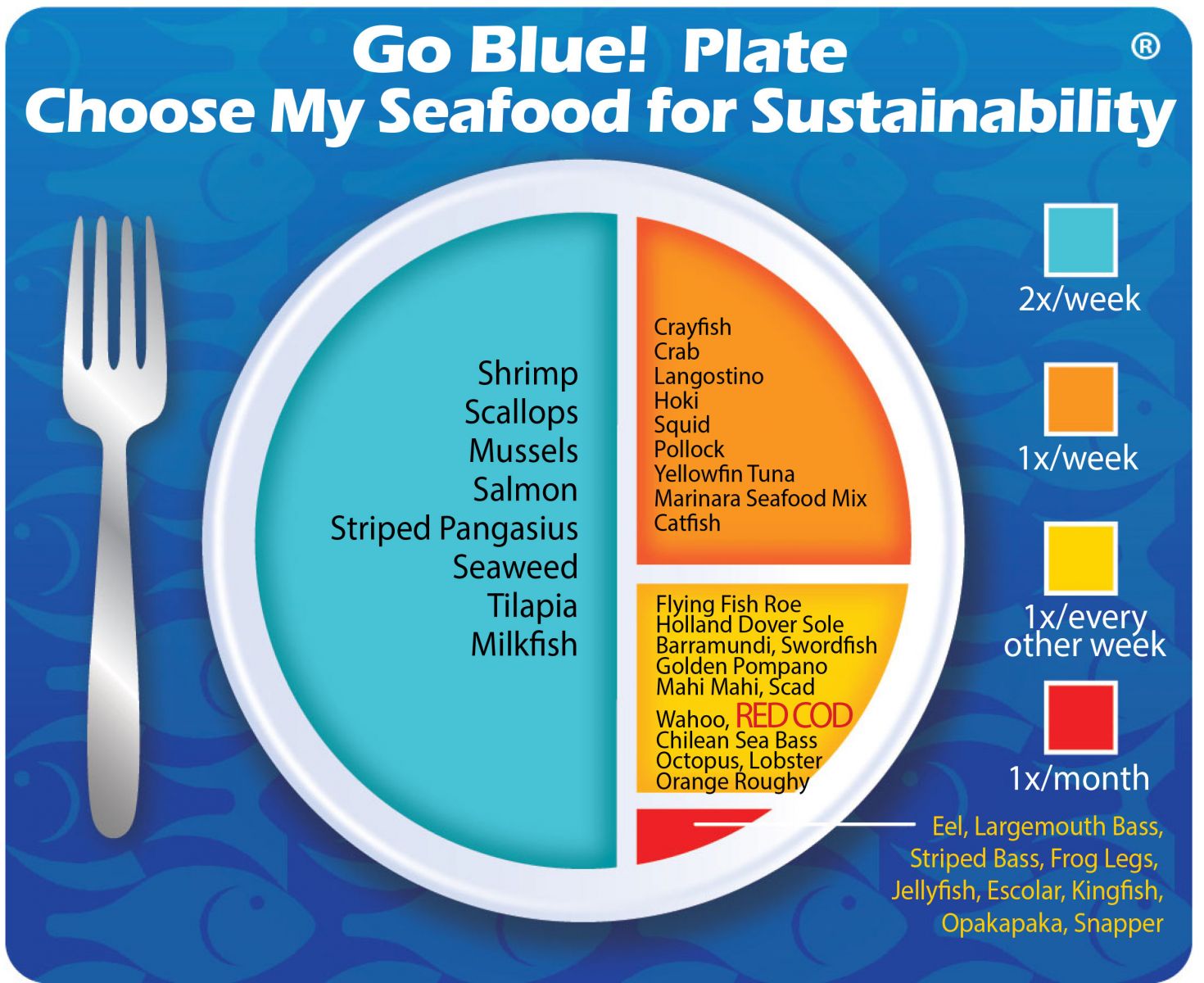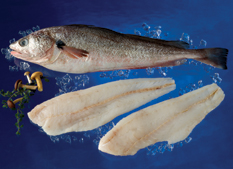
Red Cod

Market Name: Eating QualitiesRed Cod has a white, moist flesh with delicate texture, low fat content and flakes easily.
   |
Description & CharacteristicsExcellent in sautéing, grilling or baking. Red Cod is found around southern Australia and New Zealand, from the surface to 700m. It’s length is up to 90 cm. The catch is seasonal, from February to June. In spring and summer, Red Cod are caught inshore before they move to deeper waters in winter. They are caught mainly in the Canterbury Bight and off Westland by trawling. New Zealand’s Red Cod fishery is managed by a strict Quota Management System (QMS), which allows only a set amount of Red Cod to be taken commercially each year. The QMS helps ensure sustainable utilization of fisheries’ resources through the direct control of harvest levels for each species in a nominated geographical area. A fish species can consist of numerous geographically isolated and biologically distinct populations. Each fish species in the QMS is subdivided into separate fish stocks defined by Quota Management Areas (QMAs).
A female red cod can produce as many as 30 million eggs.
Other Resources |
Handling Instructions for Red Cod
Our frozen red cod fillets should be stored at or below 0°F (-18°C) and then thawed properly when ready to cook. The frozen shelf life is 18 months. Links to proper seafood handling instructions: NOAA - Fish Watch: Handling Seafood and A Consumer Guide to Safe Seafood Handling.
Thawing Red Cod
Thawing is accomplished by placing the fillets in a sealed plastic container or bag and placing in the refrigerator (33 to 39°F) for 12-24 hours. This is our recommended thawing method for fillets. Fillets that are not consumed promptly after thawing need to be refrigerated between 33 and 39°F and totally consumed in 2-3 days.
Important Instructions for Red Cod
Consuming the fillets immediately after proper thawing yields the best quality.
The Federal Food, Drug and Cosmetic Act now requires that all foods that are not raw agricultural commodities and that contain a major food allergen be labeled to clearly identify the name of the food source form which the allergen is derived. (21 CFR U.S.C. 343(w)(1)). The act defines eight foods, and any ingredients derived from these foods as major food allergens: Fish, Crustacean Shellfish, Milk, Eggs, Tree Nuts, Peanuts, Wheat & Soybeans. The name of the food source that must be listed on the label for fish or crustacean shellfish must be the specific type of fish or crustacean shellfish. The market names of species of fish and crustacean shellfish should be used to identify the food source of these two major food allergens. If you intend to re-pack these seafood products, be sure the allergen is declared in either one of two ways:
1) Within the list of ingredients
or
2) In a separate “Contains” statement immediately after or adjacent to the list of ingredients.
Consult the Fish and Fishery Products Hazards and Controls Guidance, Fourth Edition, Chapter 19 for more detailed information on the labeling of food allergens.
Cooking Tips
Red cod fillets can be prepared using a wide variety of cooking techniques. Link to red cod fillet cooking tips and recipes.
New Zealand
Long associated with lamb and wool production, high rugged mountains, and spectacular scenery, New Zealand is also a major seafood exporting country. While New Zealand produces only one percent of the world’s seafood, seafood is the country’s fifth largest export—destined for markets all over the world where the country’s excellent fisheries management has earned the “New Zealand” brand high marks for environmental sustainability and high quality.
The leading seafood products exported from New Zealand include Hoki, Squid, Greenshell™ Mussels, Rock Lobster, Orange Roughy, and Abalone. Key export markets for New Zealand are Japan, the USA, Europe, Hong Kong, Australia and Asia.
Please check out Talley's Deep Sea Divison.
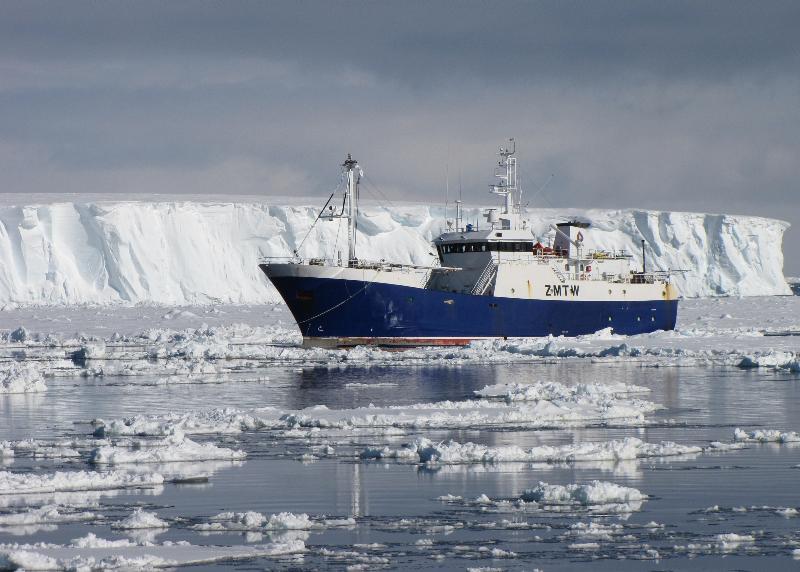
|
|
Go Blue! Seafood Sustainability Spectrum*Click here for an explanation of our Sustainability Spectrum 
Sustainability AssessmentNew Zealand, where Red Cod is caught, is known for having the world’s most advanced fishery management system called the Quota Management System (QMS) which establishes annual total allowable commercial catch (TACC) limits based on the best available science to achieve the maximum sustainable yield from their bountiful fisheries. Red Cod landings have proven to be highly variable from year to year primarily due to changes in environmental conditions rather than from the allowable fishing pressures of the QMS. Assessments are conducted at the start of each Red Cod season to help estimate the catch for the entire year which can then be used to modify allowable harvest levels within that year to promote maximum sustainable yield. Red Cod are also managed under the current scientific understanding that they are very resilient to fishing pressures due to their early maturity, high fecundity, and fast growth characteristics. Red Cod are caught by bottom trawling, which is known to cause substantial impacts to sea floor habitats. New Zealand has carefully limited Red Cod trawling to designated areas that are subsequently being studied to find ways to mitigate the negative effects of bottom trawling for this fishery. Environmental Impact: ModerateDamage to benthic habitats due to Red Cod bottom trawling are similar to those occurring with New Zealand’s MSC certified Hoki bottom trawl fishery. Strict rules are enforced concerning the bycatch of protected and endangered species. New Zealand’s QMS prohibits the discarding of any commercially valuable fish species caught as bycatch. The bulk of the Red Cod catch happens when they are schooling thus greatly reducing the bycatch of other commercial fish species.
Sustainability Improvements Needed
The New Zealand QMS will continue to improve with the advancement of sophisticated high-tech real-time data sensors that will facilitate improved capabilities to better predict the biomass of the Red Cod stocks on an annual basis. As with all bottom trawling fisheries, finding ways to minimize negative benthic impacts needs to be ongoing.
Actions that Sea Port is UndertakingSea Port is currently continuing the importation of Red Cod and will monitor the New Zealand QMS and the ongoing improvements it achieves in managing this short-lived, highly variable, and delicious fish stock. Sea Port believes that, in aggregate, choosing from a diverse variety of seafood is better for sustaining the world’s seafood resources and Red Cod should be a part of this variety.
We created the sustainability assessments for each of our seafood items in order to reveal the existing and potential environmental impacts and risks that are associated with producing them for human consumption. This allowed us to establish the starting position for each of our seafood items along our progressive Go Blue! Seafood Sustainability Spectrum®. These assessments are only a single snapshot in time and because of this, we will continue to assess and update the critical sustainability needs associated with our supply sources and issue updates to the Go Blue! Seafood Sustainability Spectrum® as needed. There is a growing global awareness for the need to assure the sustainability of farmed and wild caught seafood and because of this; all around the world positive changes are rapidly occurring at all levels of the seafood supply chain. We will continue to spread this growing awareness and work with our many industry partners to improve the sustainability of all seafood, which we believe is the ideal protein of choice to feed an ever growing world population. Our Go Blue! Seafood Sustainability Spectrum® serves as our compass and yardstick as we strive to move all our products forward to becoming more sustainable. Please join us in this committed quest and Catch Our Wave® to sustainability by choosing a diverse variety of responsibly produced seafood as part of your diet. DeepWater Group | Sustainable Oceans - Sustainable Fisheries A Statement on NZ Quota Management System
|

